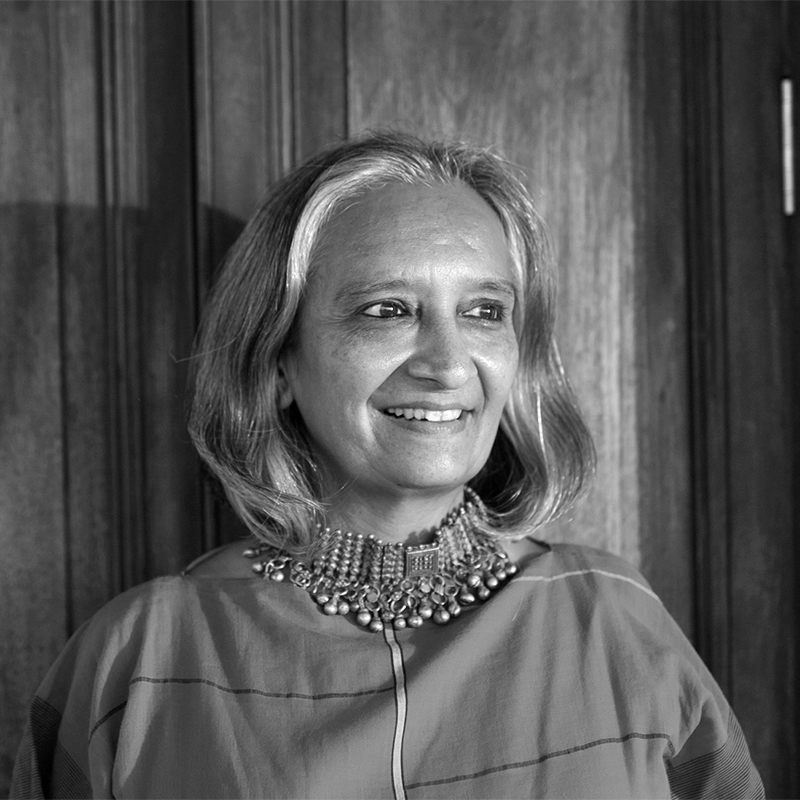In Conversation with Shimul Javeri Kadri
March 12, 2020
Shimul Javeri Kadri is one of the most well-known architects in India. She was among the few women to set up her own architectural practice at a time when the profession was more or less an all-boys club. Thirty years later, Shimul has created a vast body of work and a distinct style of designing buildings that are in harmony with nature.
She was one of the speakers on the opening panel at the Women in Design 2020 conference, where she expressed her disappointment at the lack of women-led practices in India and how the profession must address this. She spoke to FuturArc correspondent Bhawna Jaimini post-conference on women in architecture, her approach to sustainability, as well as her wish to do a low-income housing project.
BJ: You were one of the speakers at Women in Design 2020. When we talk about women-led successful practices in India, your name appears at the top of every list. In the last 30 years since you have started, where do you think the profession of architecture stands in terms of the representation of women?
SZK: I must admit that things are very different from what I had imagined and hoped they would be for women in architecture when I came back to India in 1990. It surprises and disappoints me to see how few women-led practices are in the country right now. The image of ‘manels’ (panels consisting of all men only) from boardrooms to construction sites is still so pervasive. There is change but the pace of change is not rapid enough. The thought that the change will occur with time and more women will enter the profession is not enough. We need a systematic approach to engineer the change.
Right now, there are more females entering architecture education, but that is not translating into women-led practices. This is something that both the profession and society have failed to address. A lot of women make decisions about their career around childcare, and that needs to be understood. We have failed to create institutionalised holistic childcare policies and systems, both inside and outside our homes. Childcare still remains a women’s responsibility even though we all know it takes a village to raise a child.

BJ: How do women practise architecture differently from men?
SZK: That is a tough question to answer in the present-day scenario, when we are questioning the binaries of gender. However, even if gender is not binary, there are certain attributes that we associate with each. For a moment, if we believe in the stereotypical attributes given to women, and apply these attributes to architecture, it results in a subtle approach to creating spaces. It is more about intervening gently, pushing and pulling without completely razing the earth. Having said that, this is not a mould that every women architect needs to be put into.
BJ: There is no perfect way to approach sustainability. There are always trade-offs whenever we are trying to design and build. How do you deal with the challenges of sustainability?
SZK: Materials matter less to me than the daily running of the project. So, every decision is based on creating a building that will require the minimum energy to run it for the next 70 years. For example, we use extruded polystyrene (XPS), a synthetic non-biodegradable material for insulation purposes because it provides much better insulation than any of the earth materials.
To read the complete article, get your hardcopy at our online shop/newsstands/major bookstores; subscribe to FuturArc or download the FuturArc App to read the issues!
Previously Published In Conversation
Contact us at https://www.futurarc.com/contact-us for older interviews.


